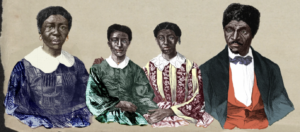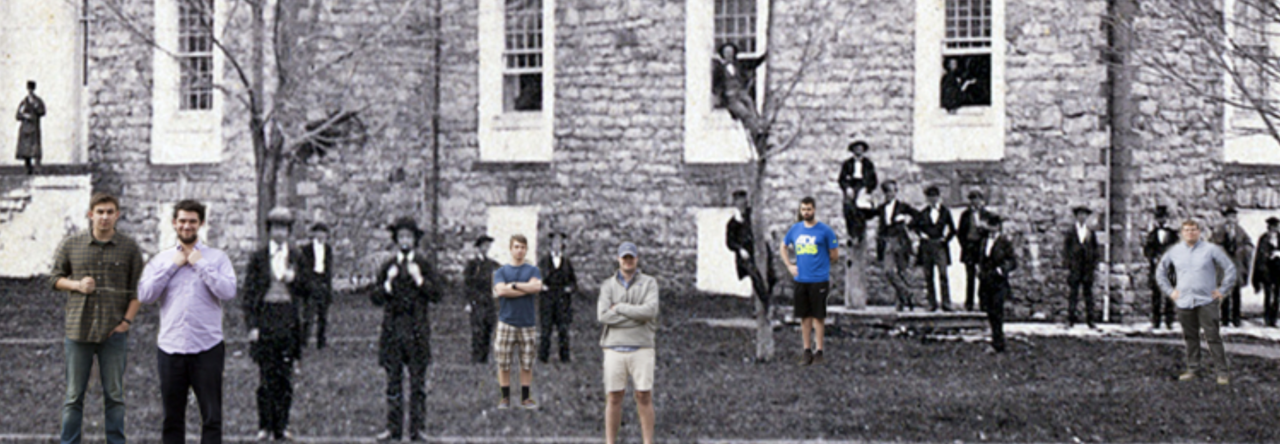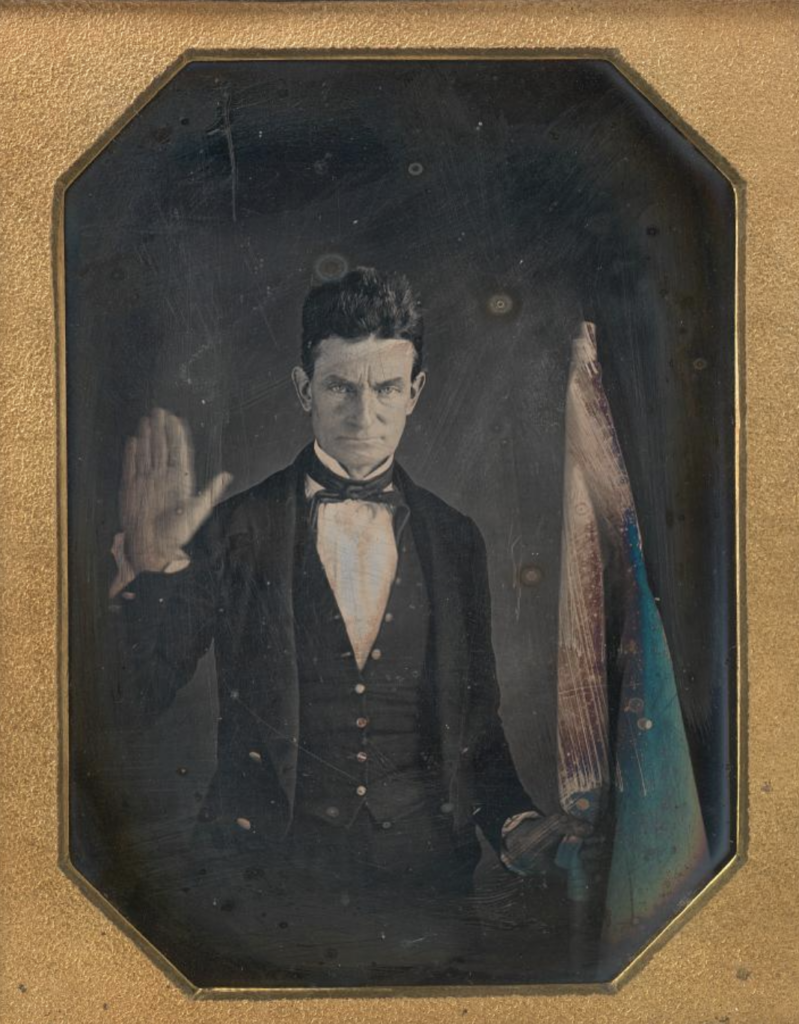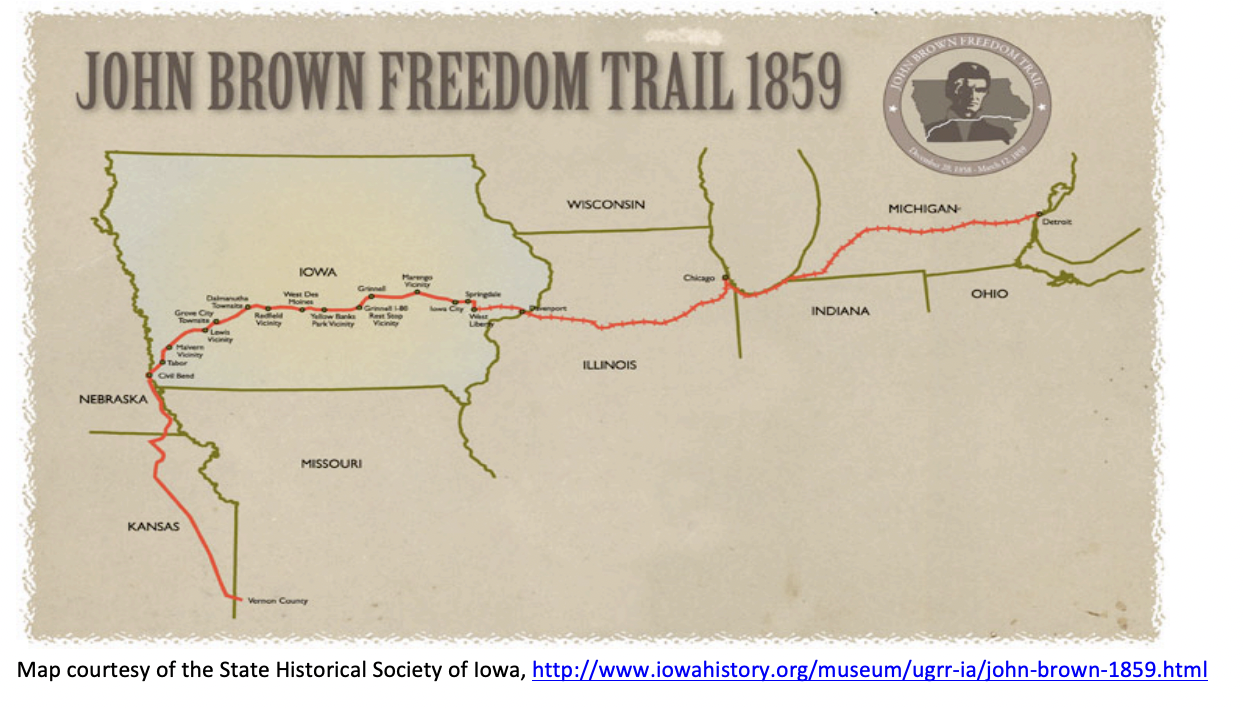Why did slavery cause the Civil War?
Thesis Framework
“Differences over the fate of slavery remained at the heart of American politics, especially as the United States expanded. After decades of conflict, Americans north and south began to fear that the opposite section of the country had seized control of the government. By November 1860, an opponent of slavery’s expansion arose from within the Republican Party. During the secession crisis that followed, fears nearly a century in the making at last devolved into bloody war.” —American Yawp
American Yawp, Chapter 13: Sectional Crisis
- I. Introduction
- II. Sectionalism in the Early Republic
- III. The Crisis Joined
- IV. Free Soil, Free Labor, Free Men
- V. From Sectional Crisis to National Crisis
- VI. Conclusion
- VII. Primary Sources
Image Gateway
Timeline
-
- 1787 // Constitution and slavery plus Northwest Ordinance passed by Confederation Congress
- 1789 // French Revolution begins
- 1803 // Haitian independence and Louisiana Purchase
- 1820 // Missouri Compromise
- 1831 // William Lloyd Garrison launches abolitionist newspaper, The Liberator
- 1842 // Supreme Court rules against state personal liberty laws in Prigg v. Pennsylvania
- 1845 // Statehood for new slave states in Florida and Texas
- 1846 // Wilmot Proviso fails in Congress
- 1848 // End of Mexican War and launch of Free Soil Party
- 1849 // California Gold Rush
- 1850 // Compromise includes admission of California as free state and tougher Fugitive Slave Law
- 1851 // Christiana resistance signals ongoing battles over personal liberty and fugitive slaves
- 1854 // Kansas-Nebraska Act and emergence of Republican Party
- 1854 // Fugitive slave crises over Anthony Burns, Joshua Glover and slave stampedes in St. Louis
- 1855 // Violence erupts in “Bleeding Kansas” and continues sporadically through late 1850s
- 1856 // Senator Charles Sumner assaulted on US senate floor
- 1856 // Democrat James Buchanan (Dickinson Class of 1809) wins presidency in three-way contest against Republican John Fremont and American (Know Nothing) Millard Fillmore
- 1857 // Dred Scott Decision
- 1858 // Lincoln – (Stephen) Douglas Debates in Illinois
- 1859 // John Brown’s raid at Harper’s Ferry
- 1860 // Election of Abraham Lincoln as nation’s first Republican president
- 1861 // Seven seceded states from Deep South organize Confederate States of America (CSA)
- 1861 // Lincoln inaugurated as sixteenth president
Carlisle & the Sectional Crisis
1847
In June 1847, Dickinson College professor John McClintock and black residents of Carlisle tested Pennsylvania’s new personal liberty law by interfering with the seizure of three fugitive slaves. A Maryland man died three weeks following the melee –probably the first time that a southerner was killed while chasing slaves in the North. The episode made national headlines and about a dozen black men were sentence to hard labor in the state penitentiary. William Webb, one of the black leaders of the resistance who escaped prosecution, relocated westward to Pittsburgh
1857
 Dred Scott and Harriet Scott originally sued for their freedom in St. Louis Circuit Court in 1846. They won at first, but lost on appeal and took their case into federal court, and eventually the U.S. Supreme Court ruled against them in Scott v. Sandford (1857). It was Chief Justice Roger Taney (Dickinson College Class of 1795) who announced the court’s sweeping 7-2 opinion aon March 6, 1857. Taney’s opinion for the majority ruled that blacks could not be considered U.S. citizens, that southern states did not have to honor northern laws regarding returned slaves; and that Missouri Compromise of 1820 had itself been unconstitutional because Congress lacked the authority to restrict slavery in the territories. He was joined in this verdict by fellow Dickinsonian, Robert C. Grier (Class of 1812). Associate Justice Grier also took it upon himself during the final tense days of the court’s deliberations to keep another Dickinson alum, President-elect James Buchanan (Class of 1809), aware of the secret discussions. When the final verdict was announced in March 1857, there were two dissenting justices. One of them, John McLean of Ohio, also had Dickinson connections. He had been a member of the college’s board of trustees for over two decades, from 1833 to 1855.
Dred Scott and Harriet Scott originally sued for their freedom in St. Louis Circuit Court in 1846. They won at first, but lost on appeal and took their case into federal court, and eventually the U.S. Supreme Court ruled against them in Scott v. Sandford (1857). It was Chief Justice Roger Taney (Dickinson College Class of 1795) who announced the court’s sweeping 7-2 opinion aon March 6, 1857. Taney’s opinion for the majority ruled that blacks could not be considered U.S. citizens, that southern states did not have to honor northern laws regarding returned slaves; and that Missouri Compromise of 1820 had itself been unconstitutional because Congress lacked the authority to restrict slavery in the territories. He was joined in this verdict by fellow Dickinsonian, Robert C. Grier (Class of 1812). Associate Justice Grier also took it upon himself during the final tense days of the court’s deliberations to keep another Dickinson alum, President-elect James Buchanan (Class of 1809), aware of the secret discussions. When the final verdict was announced in March 1857, there were two dissenting justices. One of them, John McLean of Ohio, also had Dickinson connections. He had been a member of the college’s board of trustees for over two decades, from 1833 to 1855.
1859
After years working with the northern “Subterranean Pass Way,” John Brown took his fight south. He led a raid into Missouri in 1858 and held a meeting at the home of William Webb in Detroit to plan more revolutionary action. In October 1859, he launched his failed raid against the arsenal in Harpers Ferry, Virginia. His trial and execution riveted the nation.
John Brown’s First Raid (1858-9): Vernon County, MO to Detroit, MI


